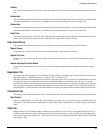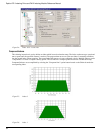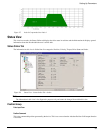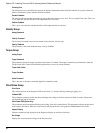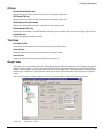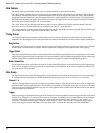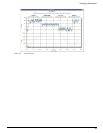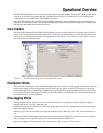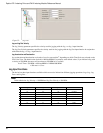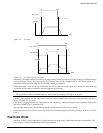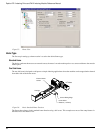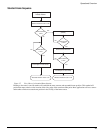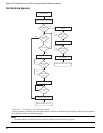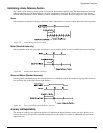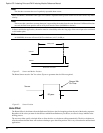
41
Operational Overview
The FM-2 Module augments the base drive by providing single axis position control. When an FM-2 Module is attached to
a base drive, it overrides the operation and user accessible features of the drive. The base drive’s basic operating mode,
Torque Presets is not available when a FM-2 Module is attached.
The Epsilon EP-I Indexing Drive and FM-2 Indexing Module allow you to setup 16 different indexes, Slow and Fast Jog
functions and a single Home routine. They also provide eight digital input lines and four digital output lines in addition to the
four input and three output lines available on the drive.
User Interface
The Epsilon EP-I Indexing Drive and FM-2 Indexing Module are set up using PowerTools Pro software. PowerTools Pro is
an easy-to-use Windows-based setup and diagnostics tool. It provides you with the ability to create, edit and maintain your
drive’s setup. You can download or upload your setup data to or from a device. You can also save it to a file on your PC or
print it for review or permanent storage.
Figure 31: PowerTools Pro Setup View For An Epsilon EP-I Drive
How Motion Works
The Epsilon EP-I Indexing Drive and FM-2 Indexing Module provides six types of motion: jogging, home, indexing and with
alternate mode, analog velocity, analog torque and pulse mode. Only one type of motion may be in process at any given
moment. With all EP-I drives and the FM-2 modules motion can be initiated by input assignments or thru PowerTools Pro or
over a network like DeviceNet using an EP-IDN drive. The FM-2 Module can sequentially run various motion routines by
use of chained indexes or I/O assignments.
How Jogging Works
The Jog functions produce rotation of the motor at controlled velocities in the positive or negative direction. Jogging is
initiated using the Jog + and Jog - input functions.
Assignments to jogs are level sensitive such that when the jog input is turned “On”, jogging begins and continues jogging
until the jog input is removed.
When Jog + goes “On” the axis ramps up to speed and continues at speed. When Jog + goes “Off” the axis decelerates to a
stop.
Jog has acceleration and deceleration ramps along with specified velocities. Jogging has no distance parameter associated
with it. If trying to move a specific distance or to a known position, then an index is used.
Jogging in the opposite direction will move off a travel limit (use Jog + to move off a Travel Limit -).
Epsilon EP-I Indexing Drive and FM-2 Indexing Module
Reference Manual



